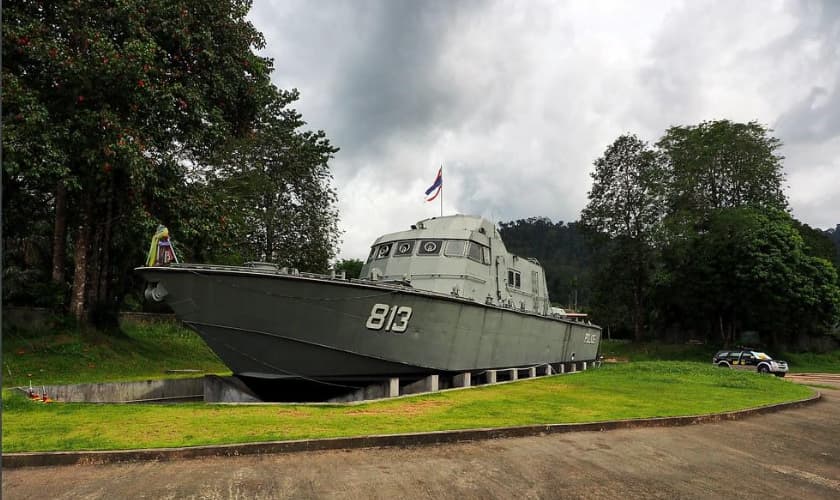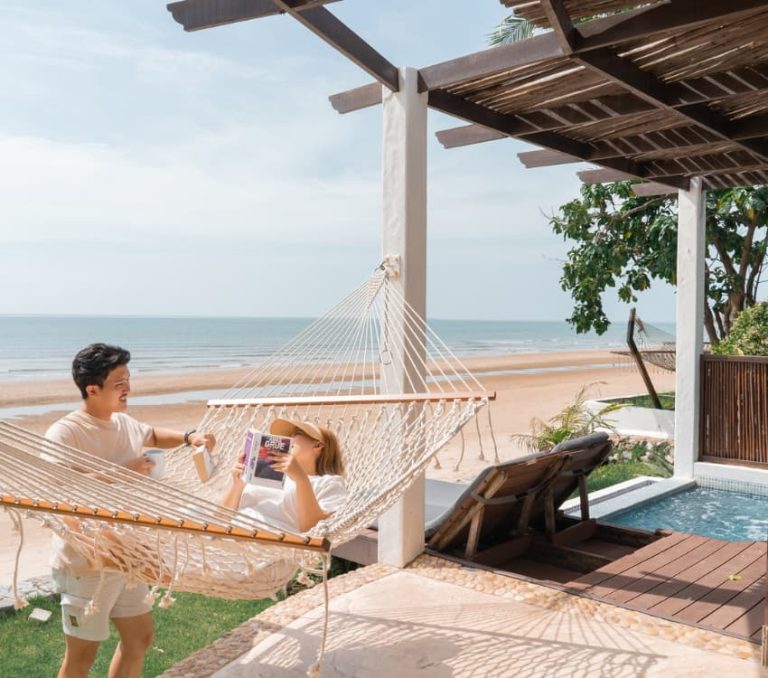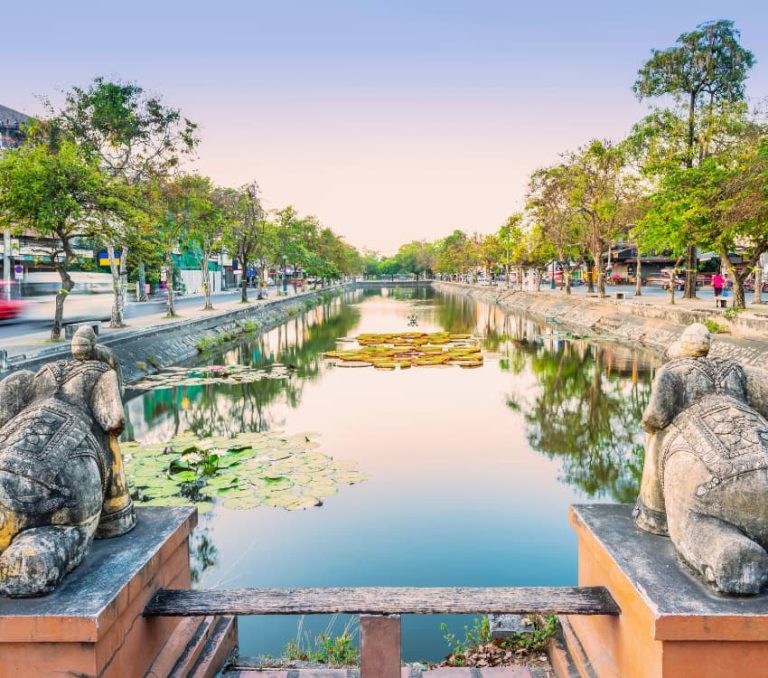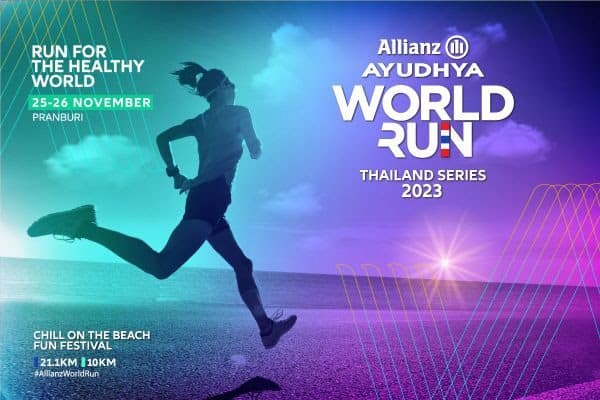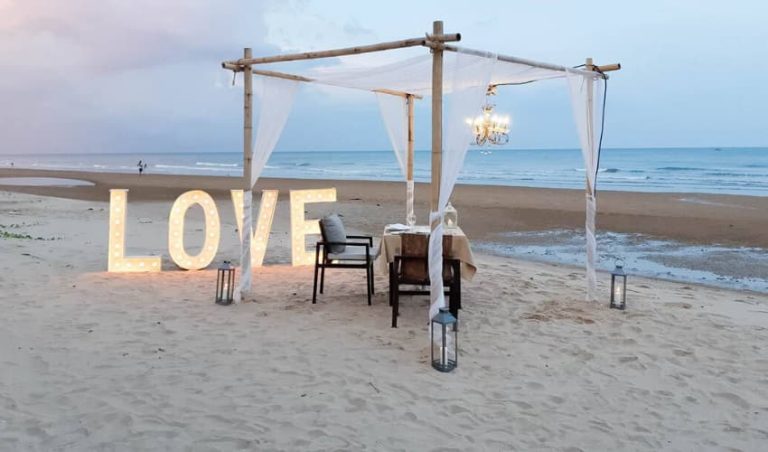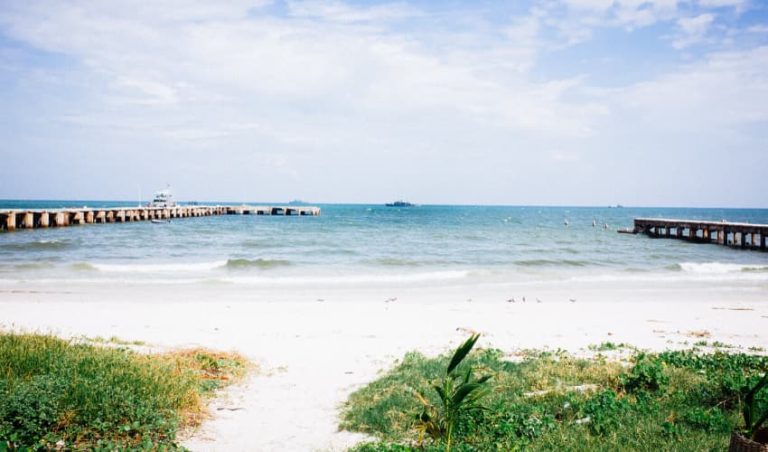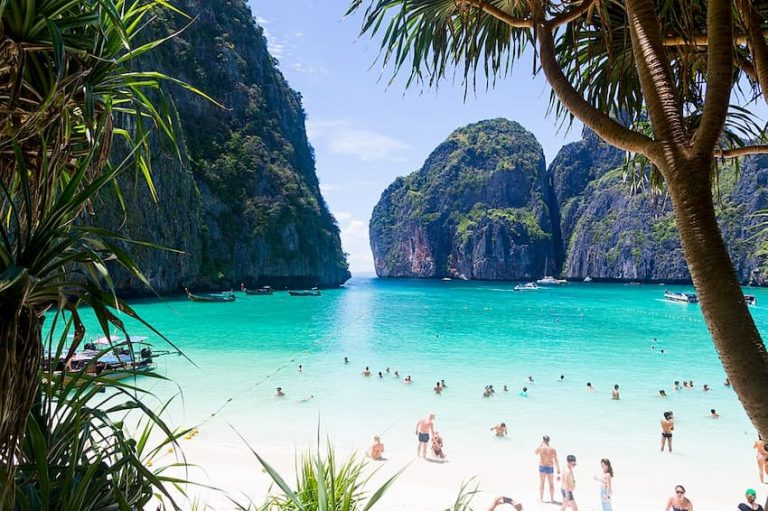A devastating tsunami hit 12 countries in 2004 close to the Indian Ocean. The International Tsunami Museum was created by students in Phang Nga, Thailand to teach about the cultural and psychological responses associated with the affects of Tsunami’s. The students believe in the importance of promoting mental health through research. The museum enabled the students to study both recovery and trauma in a meaningful way in addition to enabling direct contributions to the communities requiring help.
The donations to the International Tsunami Museum are used to help Thai children with food, water and school supplies. The project is about helping students learn the importance of psychology, and enabling them to offer education and support to the local communities. An earthquake with a magnitude of 9.1 resulted in a devastating tsunami. More than 2.3 million people lost their homes, and over 250,000 individuals lost their lives.
Three months later, a research project was conducted with 250 survivors interviewed. In March of 2006, a follow-up study was conducted. The results showed many of the residents did not completely understand the critical warning signs of a devastating tsunami such as the way the tsunami forms or the proper evacuation procedures. This was when the idea to create an educational museum located in Khao Lak began. This was one of the hardest-hit areas.
The idea was to build a museum for the education of the public regarding tsunamis. People would be able to continue with their lives easier through the strength of spirit, resilience and hope. Space for the museum was made available by one of the business owners in Khao Lak. The owner made an offer to oversee the daily operations of the museum. Since the recovery was aided by organisations and people from all over the world, the decision was made to call the museum the International Tsunami Museum.
An independent study was developed to ensure the students were able to participate. Educational exhibits were then designed for the museum. The museum teaches students how to use findings obtained from psychological research for the promotion of mental health, compassion, education and social awareness.
International Tsunami Museum
The museum teaches the cultural and psychological responses of traumatic events and natural disasters to students. Students have the ability to use research findings and theories through the development of a variety of exhibits for the museum. The exhibits include a display of a stranded police boat and videos and photographs of tsunamis in the past. The exhibits and panels are not only extremely informative, but relate the sad stories in a simple and easy to understand manner.
Visiting the museum is a worthwhile, informative and sobering experience. All of the donations help survivors of the tsunami that lost everything. Visitors leave with a good understanding of the devastation resulting from a tsunami of this magnitude. To make certain there is a spot available, making a reservation in advance is recommended. Interviews conducted in the past examine both the predictors and prevalence of post-traumatic stress disorder or PTSD.
PTSD encompasses the physical and psychological symptoms often developing once a life-threatening event has been experienced. The survivors often feel a greater awareness of the changes necessary in their lives due to a better understanding of the most important priorities in life. A true understanding of the importance of culture concerning growth and distress is common after a traumatic event. The International Tsunami Museum is well-designed, informative, and teaches people about tsunamis.
Visitors learn how a tsunami is created, and about the Khao Lak tragedy of December 2004. The museum is located on Phetkasem Road in a two-story home. Phetkasem Road is a key coastal road connecting Ranong to Phuket in Bang Niang. The museum was created by the association of the Western Washington Universities’s Department of Psychology and the local authorities. Visitors learn why the tsunami formed due to a 9.1 earthquake taking place off the Indonesia coast.
The warning signs of a tsunami are explained clearly. If the people living in the Phang Nga providence has been aware of this information at the time, many lives could have been saved. The 813 Thai Navy boat rests directly next to the museum. The boat demonstrates the power of the wave hitting the Khao Lak coast. The large vessel was constructed of steel, yet the tsunami carried the boat inland nearly two kilometres. The exhibits of the museum helped put the disaster into a proper perspective.
The majority of the 100 baht entrance fee and merchandising profits are donated to assist the local community. The donations are made to the victims of the tsunami. The International Tsunami Museum is located in Bang Niang at 47/7 Moo 3 Khakkhuk Takuapa in Thailand. The museum is open every day from 9:00 a.m. until 9:00 p.m.
Exhibits and Activities
The topics for the exhibit were determined through an independent study course encompassing research and theory for disaster preparedness in addition to the response of numerous cultures regarding traumatic events. The potential exhibit topics were determined through numerous brainstorming sessions. Once the final topics were selected, the text was gathered for the exhibits in addition to other relevant graphics, photographs and video clips.
Everything the students found was discussed with the group to ensure all possible improvements were made. The next step was revisions submitted by the students with all feedback incorporated. More editing was performed before the students speaking Thai translated everything from English to Thai. The museum currently displays all of the exhibits in both Thai and English. A graphic designer from the university then assembled all of the graphics and texts for the creation of professional exhibits.
The exhibits currently on display include:
- Tsunamis, Tectonic Plates and Earthquakes is a description of how earthquakes can result in the formation of a tsunami
- The World Becomes One is a listing of more than 170 businesses and organisations and over 60 countries providing aid for the victims of the tsunami
- The Tsunami Warning System explains how over 26 countries made the effort to develop a warning system for tsunamis specifically for the Indian Ocean
- The Environmental Effects of the Tsunami is a summary of the damage to land and underwater areas including the contamination of water wells
- The Warning Signs of a Tsunami explains the environmental signals showing a tsunami might be on the way
- Rebuilding Livelihoods and Communities is an exhibit describing the effect the tsunami had on the lives of the people including the unique challenges of children and women
- Working Together for Reconstruction and Recovery is a double exhibit covering recovery and relief organisations including World Bank, the Red Cross and UNICEF
- Personal Stories: Compassion and Care Around the World discuss the efforts made by individual citizens willing to help tsunami survivors by taking action.
Assisting Local Schools
Schools located within the Khao Lak area are experiencing difficulties meeting the needs of the students including providing supplies and meals for the children. Everyone visiting the museum has the option to make a voluntary donation to provide assistance for the local schools. A good example is some of these donations are used to purchase mattresses including mosquito netting.
This gives pre schools protection from dengue fever during nap time. One of the village schools has a well contaminated by the tsunami. Some of the donations are used to buy enough safe drinking water for the children to last for an entire year. In addition to providing schools in the local village with support, the museum is also helping the local community.
Evaluating the Museum
During the first week of operation, more than 3,000 people visited the museum. The comments left by the visitors were extremely positive. One day, 38 visitors were surveyed with a response rate of 85 percent. A four-point scale was used with one signifying the visitor was not at all satisfied, and four meaning the visitor was very satisfied. The overall rating was 3.5 for the following:
- A better understanding as to why a tsunami forms
- Tsunami warning signs
- The best way to evacuate
- The way tsunamis impact the land, ocean and society
- Worldwide aid
Visitors said the museum was both inspiring and interesting. The overall impression of the visitors was positive.
Adapting the Museum for Additional Uses
Museums and archives regarding natural disasters are extremely important for the students of the future. It is important to expand and update the materials as time passes. In addition to providing information for natural disasters, the museum can be easily adapted to cover other important topics. The exhibits can be shown in numerous locations besides museums. When there are both resources and time available, exhibits can be developed by students for the public, college students and school children.
Exhibits can promote behaviours including avoiding smoking, how to cope with stress and why selecting healthy foods is important. Exhibits can be presented to high schools in hallways or cafeterias, to colleges in galleries, hallways and dormitories, or numerous buildings including waiting rooms. Even projects not requiring funding or travel can take a lot of time making advanced planning necessary. The effort required is worthwhile because it provides an excellent way to contribute to the community through psychological research.
Student Evaluations for the Museum
The International Tsunami Museum has been unanimously praised by students. The students stated the museum enhanced their understanding of social responsibility, enthusiasm for conducting research and critical thinking skills. Students were given an opportunity to learn about cross-cultural issues, research and theory, and how research can be used to help individuals experiencing a disaster considered the fourth deadliest in history. Certain students said their experience with the museum would always be one of the highlights of their life.
Victims of the Tsunami
There were 229866 individuals who lost their lives because of the tsunami. This does not just include Thailand. There were a total of 186983 bodies found, but 42883 individuals are still listed as missing. The people who lost their lives during this disaster are from many countries including all of the following.
- 167736 individuals in Indonesia
- 35322 individuals in Sri Lanka
- 18045 individuals in India
- 8212 individuals in Thailand
- 289 individuals in Somalia
- 108 individuals in the Maldives
- 75 individuals in Malaysia
- 61 individuals in Myanmar
- 13 individuals in Tanzania
- Two individuals in Bangladesh
- Two individuals in Seychelles
- One individual in Kenya
The Current Situation in Khao Lak
Despite the devastating tsunami hitting Khao Lak in 2004, the area is bouncing back extremely well. A trip to the International Tsunami Museum shows visitors what things were like prior to the people making the decision to take control and make the situation better.
Related Articles
- Khao Lak-Lam Ru National Park
- Things to Do in Khao Lak
- Beaches in Khao Lak
- Beaches in Phang Nga
- Things to See and Do in Phang Nga
Aleenta Phuket
Phang Nga Resort & Spa
Phang Nga Resort & Spa
33 Moo 5, Khok Kloi,
Takua Thung, Phang Nga
82140 Thailand
T: +66 (0) 76 580 333

